When it comes to hazelnuts, businesses have two main options to consider: shelled and blanched. While both varieties offer unique advantages, understanding their differences and potential uses is key to making an informed decision. This article will delve into the characteristics, benefits, and best use cases for each type, so your business can make the best choice for its needs. Shelled Hazelnuts: Shelled hazelnuts, as the name suggests, are hazelnuts without their protective outer shell. They have a woody, earthy flavor and a slightly crunchy texture. Shelled hazelnuts are versatile and widely used in the culinary world, making them a popular choice among bakers, confectioners, and manufacturers. Benefits of Shelled Hazelnuts: 1. Convenience: Shelled hazelnuts save valuable time and effort as they eliminate the need for manual nut cracking or shell removal. This convenience is especially beneficial for businesses that require large quantities of hazelnuts regularly.
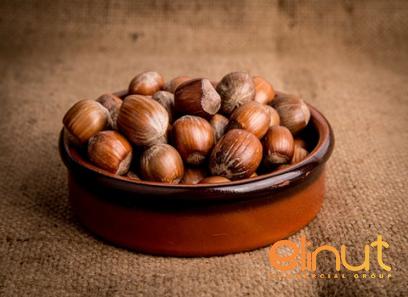
.
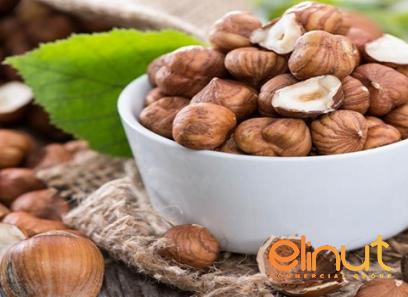 2. Enhanced Flavor: The removal of the shell allows for the full expression of the hazelnut’s natural flavor, making shelled hazelnuts perfect for recipes where their taste is a prominent feature. 3. Versatility: Shelled hazelnuts can be used in a variety of ways, such as whole, chopped, ground, or roasted, making them suitable for different applications like baking, cooking, or as a topping for various dishes. Best Use Cases for Shelled Hazelnuts: 1. Baking and Confectionery: Shelled hazelnuts are popular in the production of desserts, including cookies, chocolates, cakes, and pastries. Their distinct flavor and texture can elevate the taste and visual appeal of these treats. 2. Culinary Applications: Shelled hazelnuts can add depth and richness to various savory dishes like salads, roasted vegetables, and meat recipes.
2. Enhanced Flavor: The removal of the shell allows for the full expression of the hazelnut’s natural flavor, making shelled hazelnuts perfect for recipes where their taste is a prominent feature. 3. Versatility: Shelled hazelnuts can be used in a variety of ways, such as whole, chopped, ground, or roasted, making them suitable for different applications like baking, cooking, or as a topping for various dishes. Best Use Cases for Shelled Hazelnuts: 1. Baking and Confectionery: Shelled hazelnuts are popular in the production of desserts, including cookies, chocolates, cakes, and pastries. Their distinct flavor and texture can elevate the taste and visual appeal of these treats. 2. Culinary Applications: Shelled hazelnuts can add depth and richness to various savory dishes like salads, roasted vegetables, and meat recipes.
..
 Their versatility makes them a delightful ingredient in both sweet and savory applications. Blanched Hazelnuts: Blanched hazelnuts are produced by removing the outer skin of the shelled hazelnuts through a process known as blanching. This produces nutmeats with a smooth, pale appearance. Blanched hazelnuts have a milder flavor profile and a slightly softer texture compared to shelled hazelnuts. Benefits of Blanched Hazelnuts: 1. Aesthetics: Blanched hazelnuts are appreciated for their pale and clean appearance, which can be visually appealing when used as an ingredient in various recipes or as a topping. 2. Texture: The removal of the outer skin makes blanched hazelnuts softer and less fibrous. This makes them an ideal choice for recipes that require a smoother texture, such as creams, nut butters, or dessert fillings. 3. Versatility: Blanched hazelnuts are versatile and can be used in both sweet and savory dishes.
Their versatility makes them a delightful ingredient in both sweet and savory applications. Blanched Hazelnuts: Blanched hazelnuts are produced by removing the outer skin of the shelled hazelnuts through a process known as blanching. This produces nutmeats with a smooth, pale appearance. Blanched hazelnuts have a milder flavor profile and a slightly softer texture compared to shelled hazelnuts. Benefits of Blanched Hazelnuts: 1. Aesthetics: Blanched hazelnuts are appreciated for their pale and clean appearance, which can be visually appealing when used as an ingredient in various recipes or as a topping. 2. Texture: The removal of the outer skin makes blanched hazelnuts softer and less fibrous. This makes them an ideal choice for recipes that require a smoother texture, such as creams, nut butters, or dessert fillings. 3. Versatility: Blanched hazelnuts are versatile and can be used in both sweet and savory dishes.
…
 Their mild flavor allows them to blend seamlessly into recipes without overpowering other ingredients. Best Use Cases for Blanched Hazelnuts: 1. Chopped and Ground Applications: The smooth texture of blanched hazelnuts makes them perfect for blending into spreads, sauces, or as a flour substitute in baking recipes. 2. Garnishes and Toppings: Blanched hazelnuts’ light color can enhance the appearance of desserts, salads, or any dish that benefits from an added visual element. Conclusion: When deciding between shelled and blanched hazelnuts for your business, consider the specific requirements of your intended recipes and the desired visual and sensory attributes. Shelled hazelnuts offer convenience, enhanced flavor, and versatility, making them suitable for a wide range of applications. On the other hand, blanched hazelnuts can add a delicate touch to dishes, appealing both to the eye and the palate. Ultimately, the choice between these two delightful hazelnut varieties depends on your culinary needs and preferences.
Their mild flavor allows them to blend seamlessly into recipes without overpowering other ingredients. Best Use Cases for Blanched Hazelnuts: 1. Chopped and Ground Applications: The smooth texture of blanched hazelnuts makes them perfect for blending into spreads, sauces, or as a flour substitute in baking recipes. 2. Garnishes and Toppings: Blanched hazelnuts’ light color can enhance the appearance of desserts, salads, or any dish that benefits from an added visual element. Conclusion: When deciding between shelled and blanched hazelnuts for your business, consider the specific requirements of your intended recipes and the desired visual and sensory attributes. Shelled hazelnuts offer convenience, enhanced flavor, and versatility, making them suitable for a wide range of applications. On the other hand, blanched hazelnuts can add a delicate touch to dishes, appealing both to the eye and the palate. Ultimately, the choice between these two delightful hazelnut varieties depends on your culinary needs and preferences.





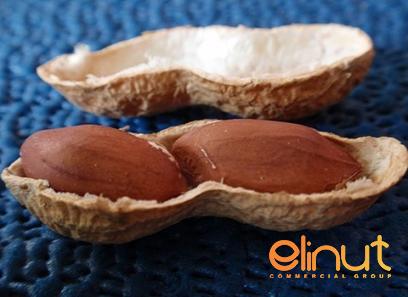

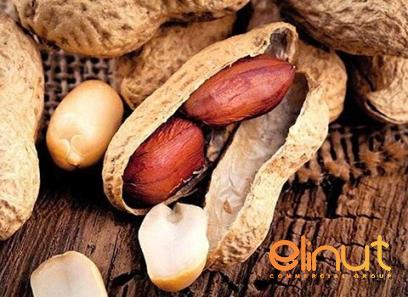
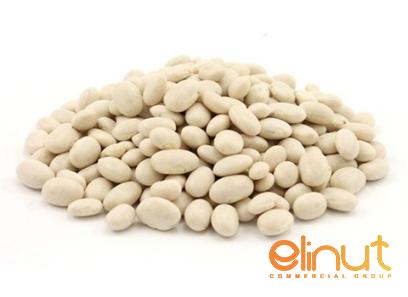
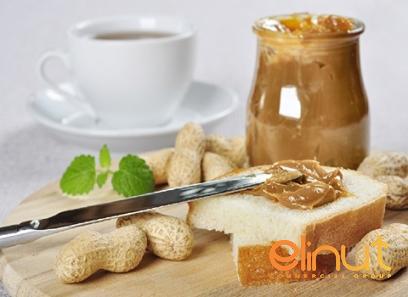

Your comment submitted.